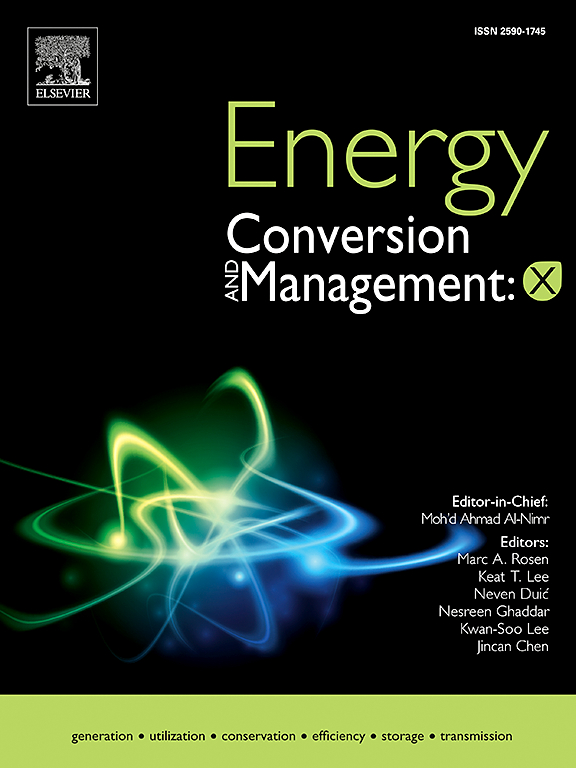Incorporating large-scale economic-environmental-energy coupling assessment and collaborative optimization into sustainable product footprint management: A graph-assisted life cycle energy efficiency enhancement approach
IF 9.9
1区 工程技术
Q1 ENERGY & FUELS
引用次数: 0
Abstract
Product footprint management strategies for long-process manufacturing industries generally lack systematic analysis of the interactions between economic, emission, and energy footprints, leading to missed energy conservation and emission reduction opportunities. Accordingly, this paper develops a product economic-environmental-energy footprint coupling assessment and collaborative optimization framework, enabling more precise quantitative analysis and significantly reducing product carbon footprint. Specifically, an integrated model based on Life Cycle Cost (LCC) analysis, Life Cycle Assessment (LCA), and Multi-Regional Input-Output (MRIO) methods is designed to track the costs, energy consumption, and emissions accurately. Given that “end-to-end” footprint assessment methods generally failing to distinguish the sources of high costs, emissions, and energy consumption within the production process, a sub-process-based footprint coupling assessment method is introduced to systematically measure each product’s economic, environmental, and energy impacts. Furthermore, a graph-based multi-objective optimization framework for low-carbon and energy-efficient production layout is established to fully explore the potential for energy conservation, emission reduction, and cost savings. A case study applying the proposed model and methodology to a real-world refinery production site demonstrates that concentrated carbon conversion, allocation, and secondary release are the primary causes of high emissions. After layout optimization, diesel oil’s energy and emission footprints decreased by 71.4% and 73.9%, respectively, showing substantial energy conservation and emission reduction potential. The constructed low-carbon and energy-efficient production layout optimization framework significantly reduces the comprehensive footprint of products and contributes to the green transformation of the refineries.
求助全文
约1分钟内获得全文
求助全文
来源期刊

Energy Conversion and Management
工程技术-力学
CiteScore
19.00
自引率
11.50%
发文量
1304
审稿时长
17 days
期刊介绍:
The journal Energy Conversion and Management provides a forum for publishing original contributions and comprehensive technical review articles of interdisciplinary and original research on all important energy topics.
The topics considered include energy generation, utilization, conversion, storage, transmission, conservation, management and sustainability. These topics typically involve various types of energy such as mechanical, thermal, nuclear, chemical, electromagnetic, magnetic and electric. These energy types cover all known energy resources, including renewable resources (e.g., solar, bio, hydro, wind, geothermal and ocean energy), fossil fuels and nuclear resources.
 求助内容:
求助内容: 应助结果提醒方式:
应助结果提醒方式:


